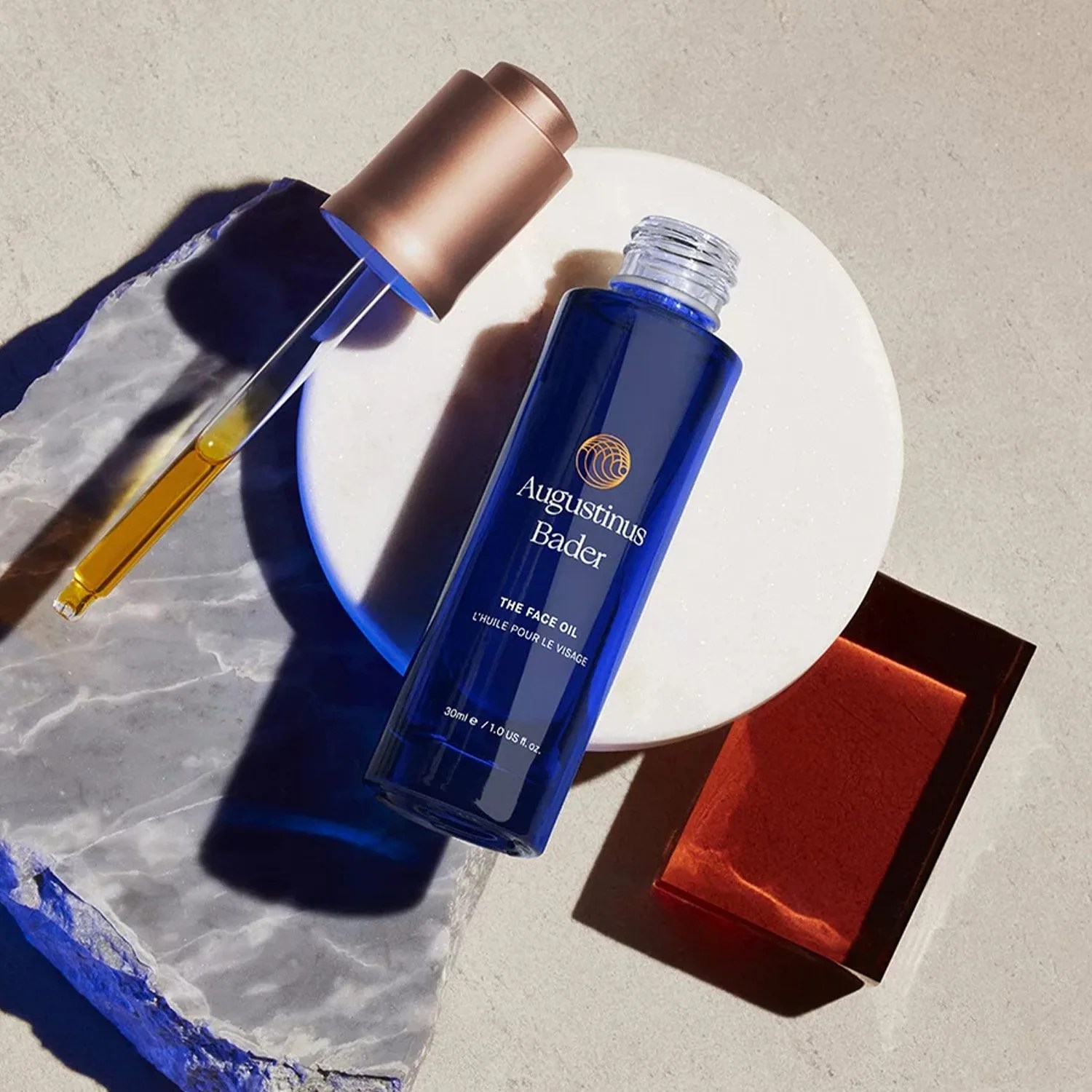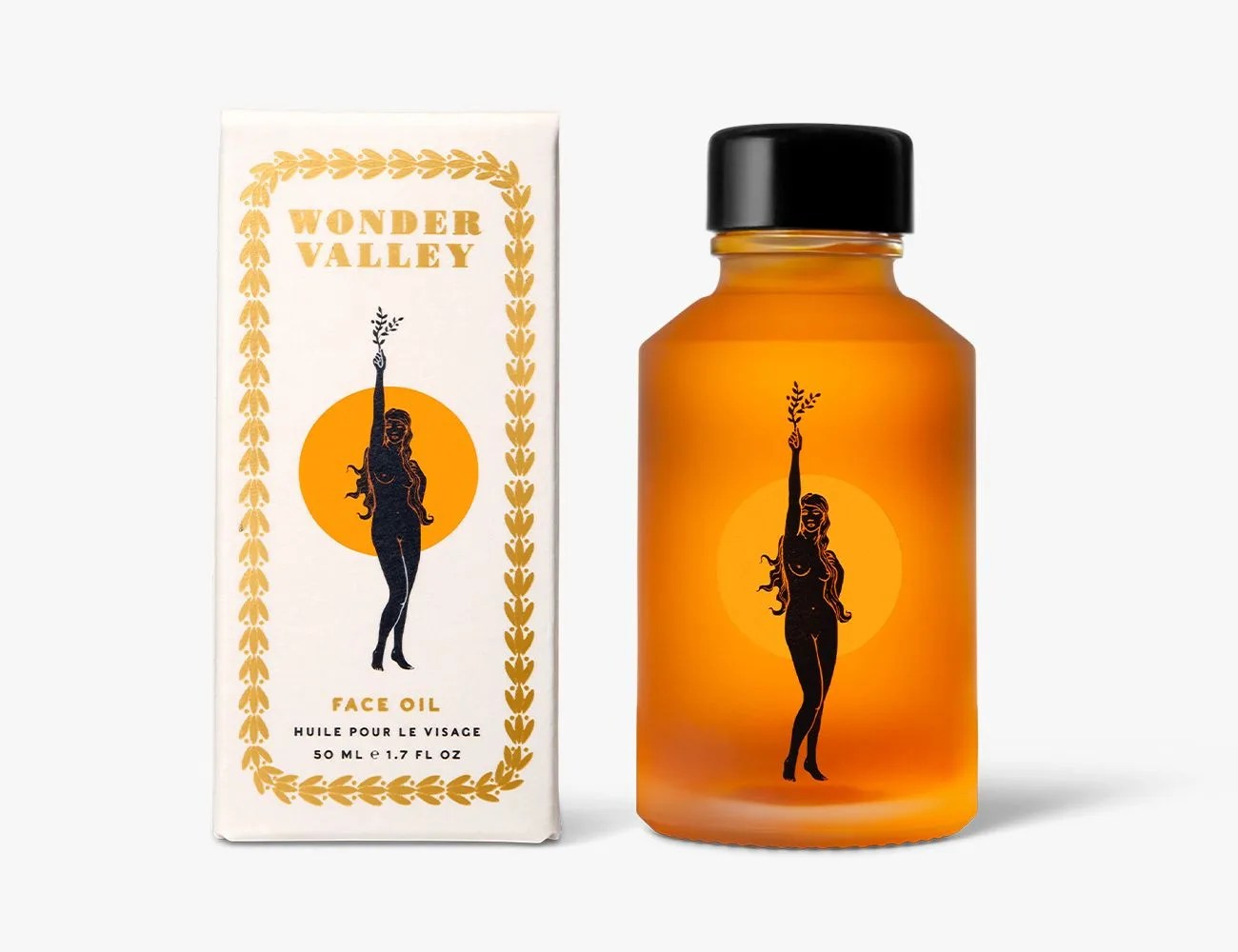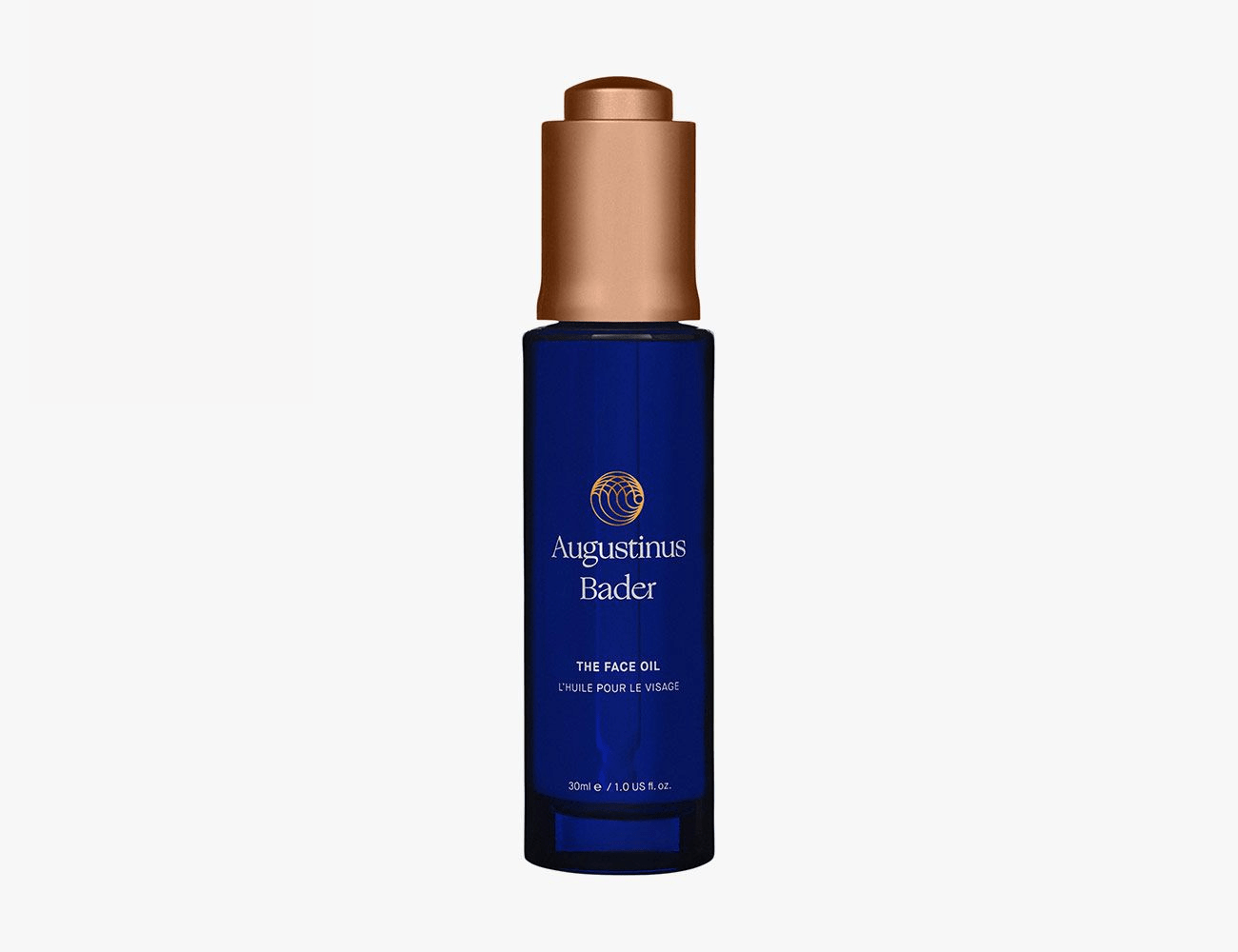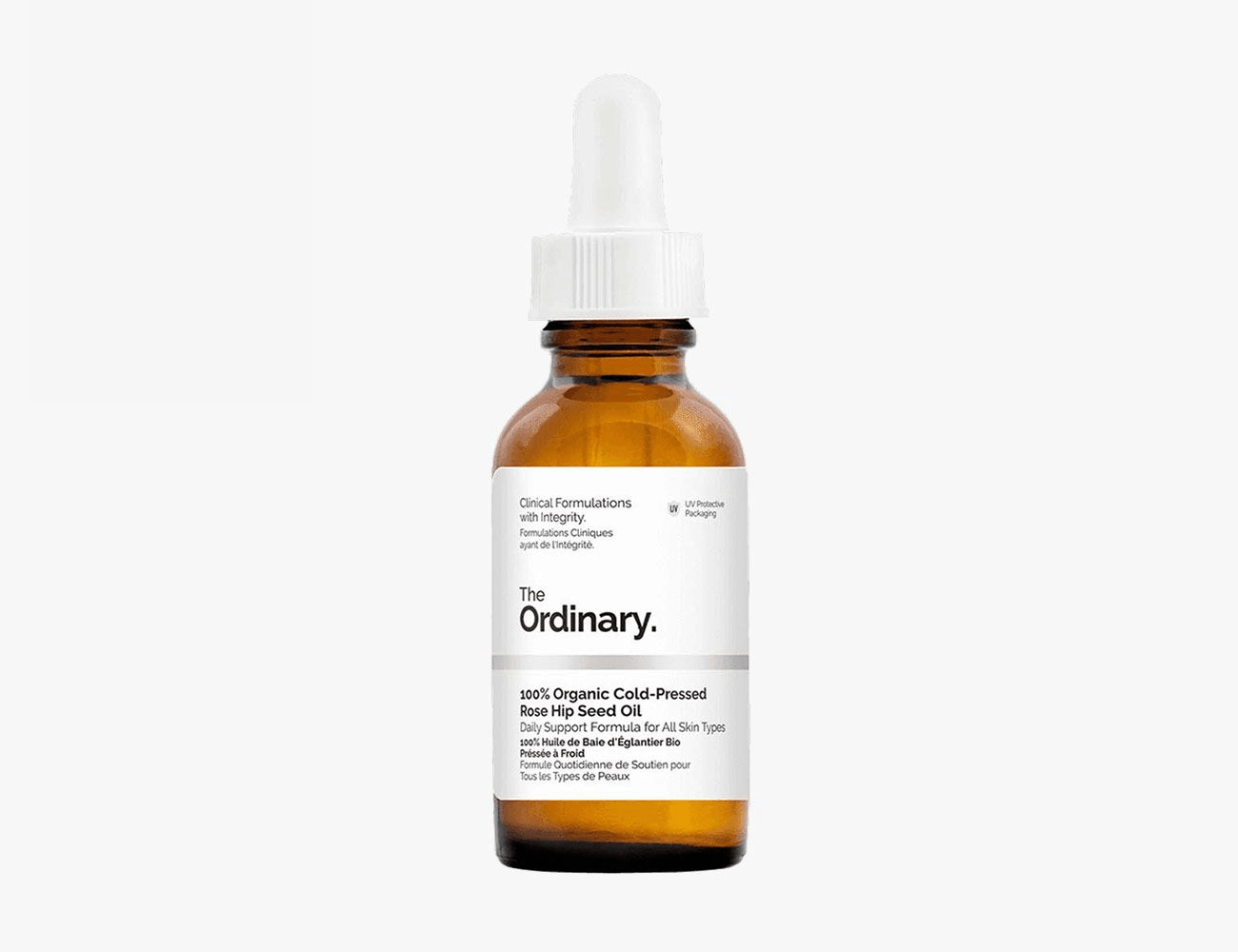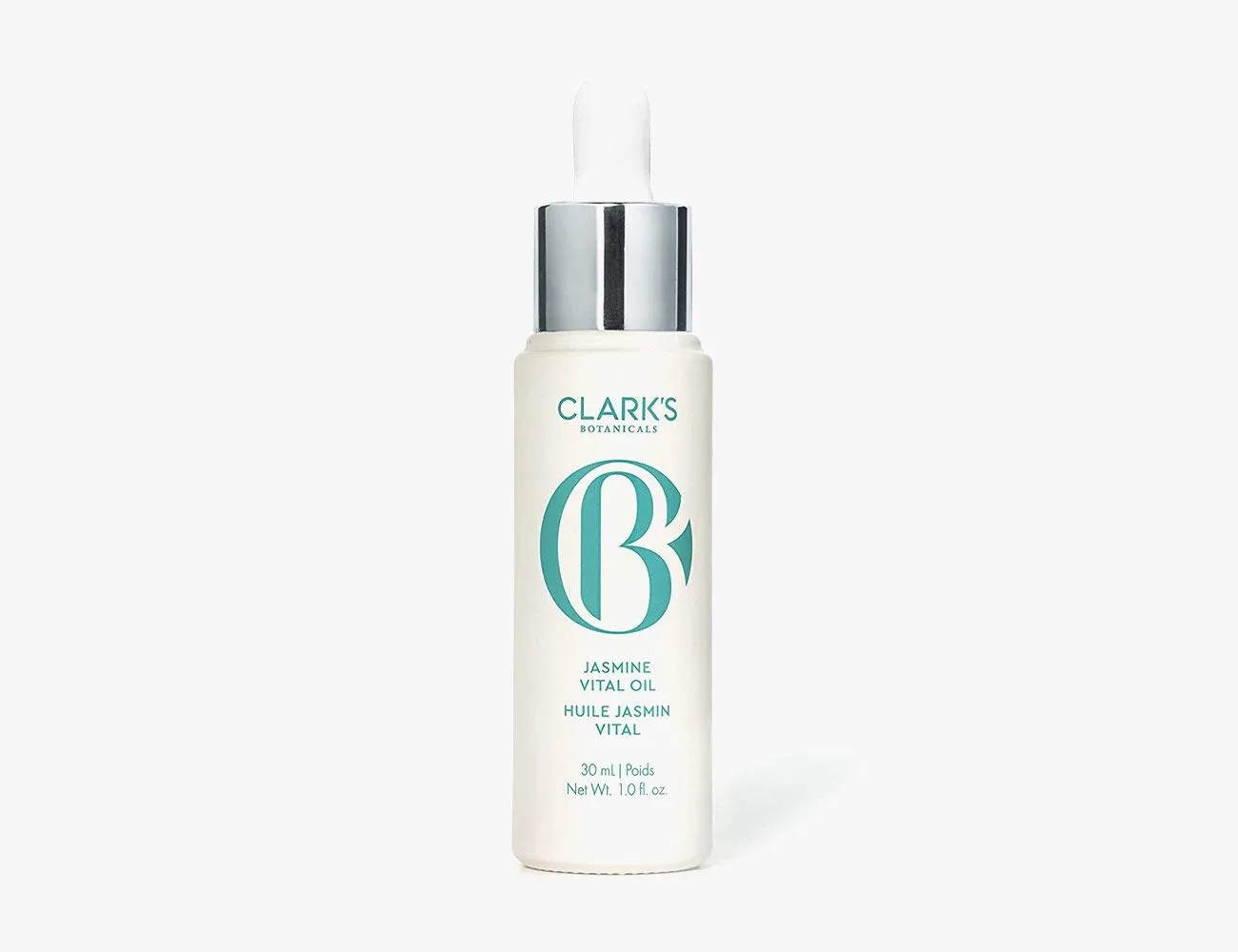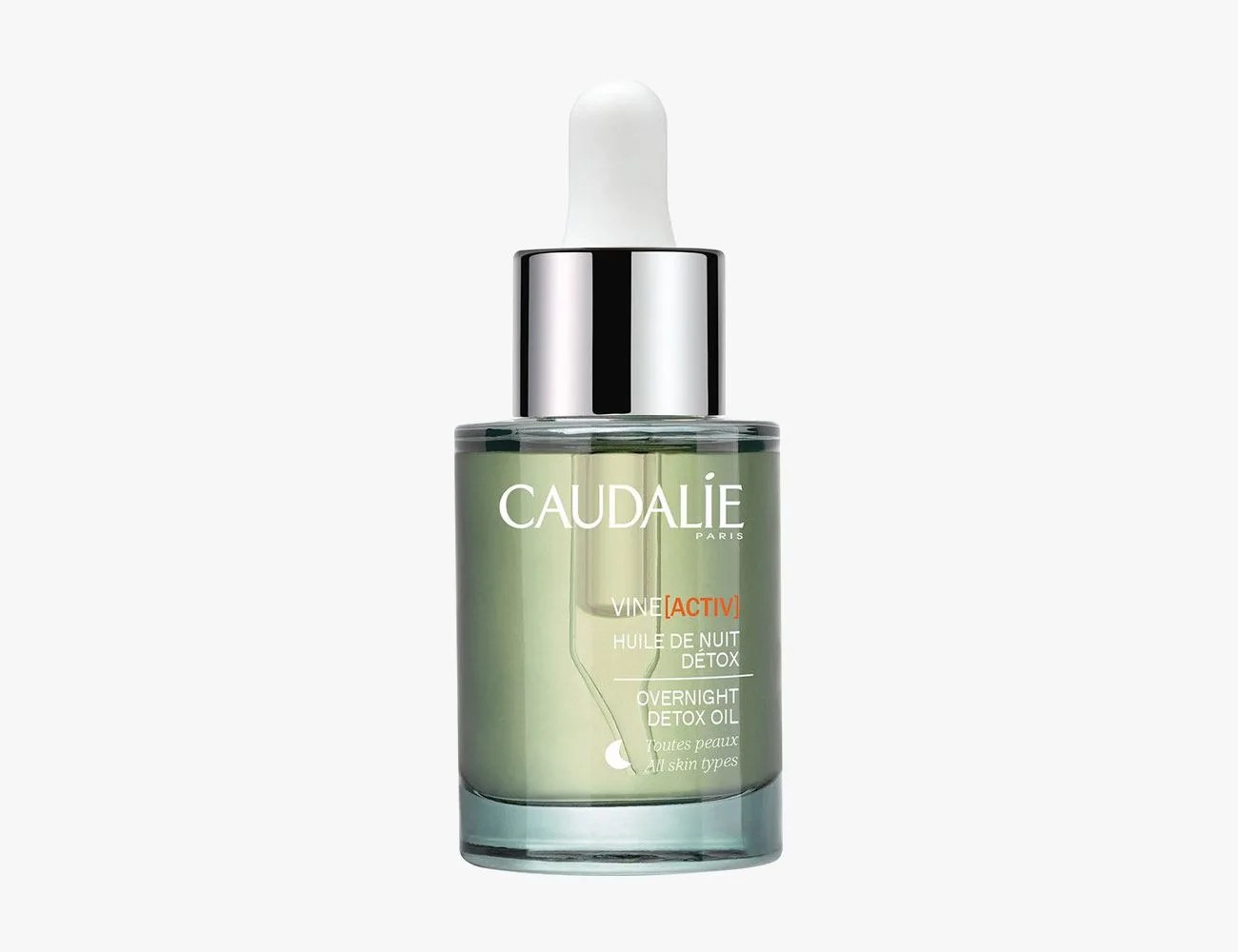What is face oil?
Face oil’s primary function is to trap moisture in your skin, in order to prevent dryness.Face oils shouldn’t replace moisturizers, which themselves bolster and attract moisture levels in the skin. Typically, face oils are used to protect these moisture levels and prevent loss. Instead, oils are well paired with oil-free moisturizers—and should always be the last step on one’s skincare regimen, since they are the outermost defensive layer.
Different types of oils have different functions, and so a face oil’s overall formula might serve multiple purposes. Many of these oils are also key ingredients in everyday moisturizers (and even cleansers) since they have so many benefits for the skin. It’s just that a pure-oil formula (as in, a face oil) creates an occlusive or emollient that shields the skin as opposed to being fully absorbed.
Jojoba oil: a nourishing oil that mimics the function of sebum—and can in turn help mitigate excessive sebum production.
Argan oil: Rich with omega fatty acids, argan oil is nourishing and promotes healing and softness in the skin.
Tea tree oil: Antimicrobial, antifungal, and anti inflammatory, tea tree oil helps prevent breakouts and calms irritation—in small doses. (It must be paired with a “carrier oil” like argan or jojoba.)
Moringa oil: One of the best anti-aging oils, thanks to its antioxidant and antimicrobial abilities.
